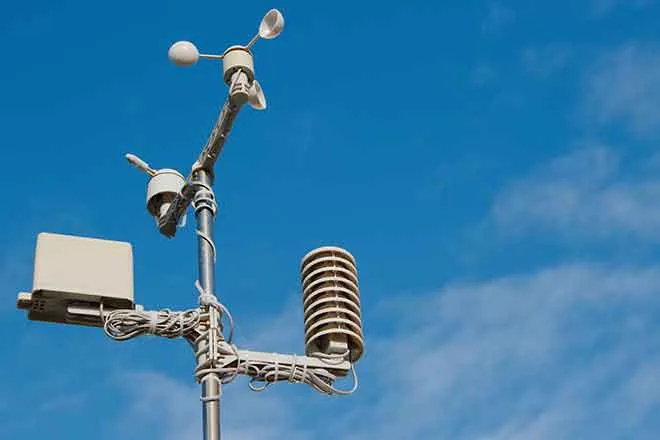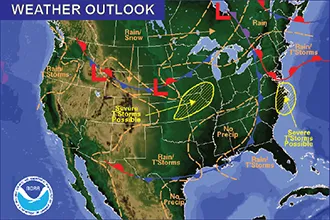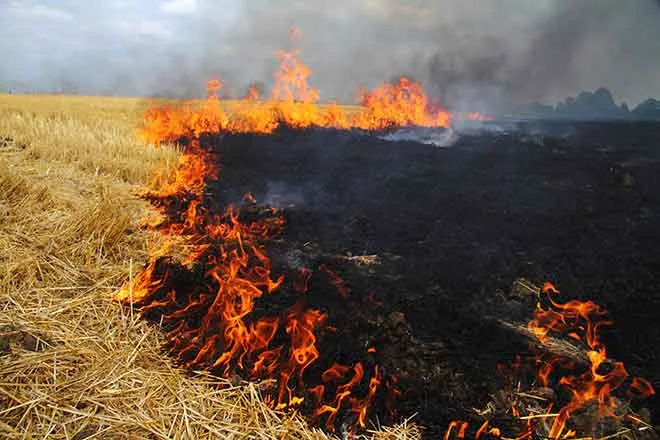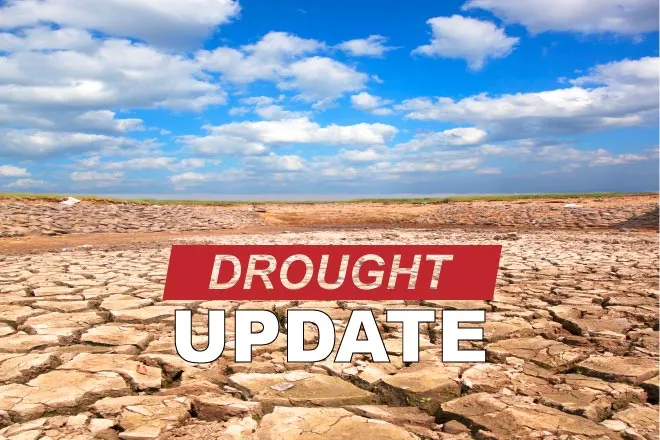
Wildfire in Colorado: Where Do You Get Information?
Note: March 12 through 18 is Flood and Wildfire Safety Week in Colorado. This is the fifth article in a series on safety and preparedness. See Wednesday’s article here
A mixture of large and small wildfires occurred across Colorado in 2016. These fires were due to a mixture of dry conditions, combined with gusty, warm winds and, sometimes, careless fire prevention efforts. There were instances when residents had to be evacuated as a large wildfire moved toward larger communities. Would you know what to do to protect yourself and your loved ones in this situation? In addition, if you live in an area that is susceptible to wildfires, how can you prepare yourself and your home?
To assist in your preparation for fire, the National Weather Service provides a variety of fire weather forecast products. Twice a day in Colorado, fire weather planning forecasts are made from each weather service office serving the state. A Fire Weather Watch may be issued if in the next 12 to 48 hours the forecast includes gusty winds of 25 mph or greater, relative humidities of less than 15 percent for at least three hours, dry lightning, or a combination of weather and fuel conditions that may make large wildfires possible. A Red Flag Warning will be issued if these same critical fire conditions are forecast within the next 24 hours.
Both Fire Weather Watches and Red Flag Warnings are issued in coordination with land management agencies. The fire weather spot program supports land management agencies for both prescribed burns and for wildfires. A fire weather spot forecast is a detailed forecast for a prescribed burn or an individual fire. For national type 2 or type 1 fires, the National Weather Service will detail an IMET (incident meteorologist), to a fire team to provide onsite weather support and detailed fire forecasts.
If you live in the wildland-urban interface there are a number of actions you can take to reduce your personal fire threat including reducing vegetation near the home and putting a fire-resistant roof on your home.
More information is available from your National Weather Service at:
http://www.nws.noaa.gov/om/fire
or from your Department of Homeland Security at:
http://www.ready.gov/wildfires.
When a wildfire occurs, there may be years of increased flood threat on the burn scar, as a healthy forest can handle an inch to inch and a half of rain with no flood risk. Once the litter and vegetation is removed by a wildfire, as little as a half inch of rain in a short period of time can cause serious, and possibly life threatening flooding.
Colorado Flood Safety and Wildfire Awareness Week continues through this Saturday.














